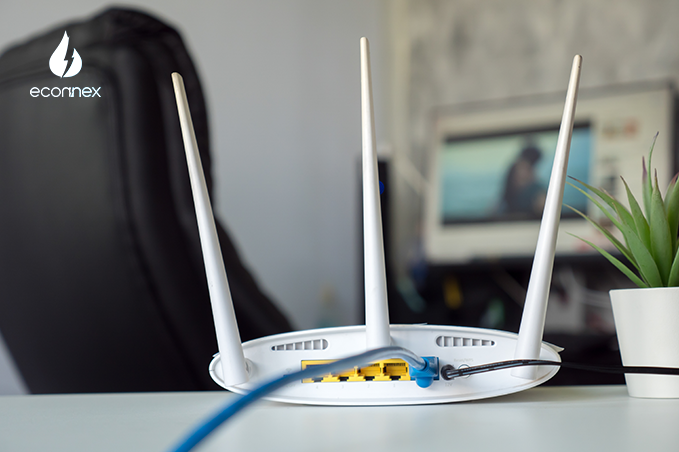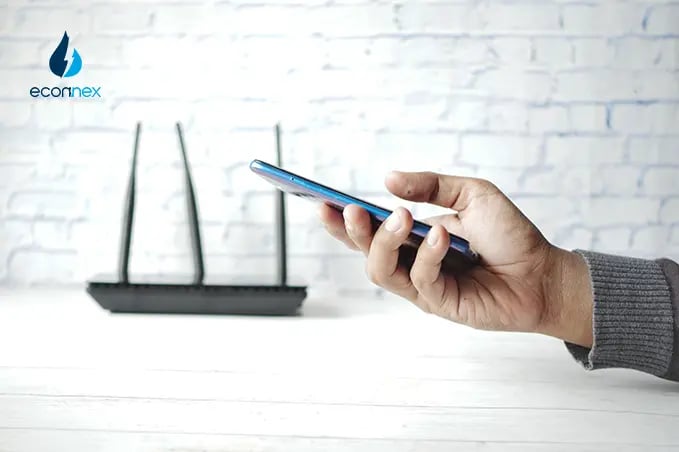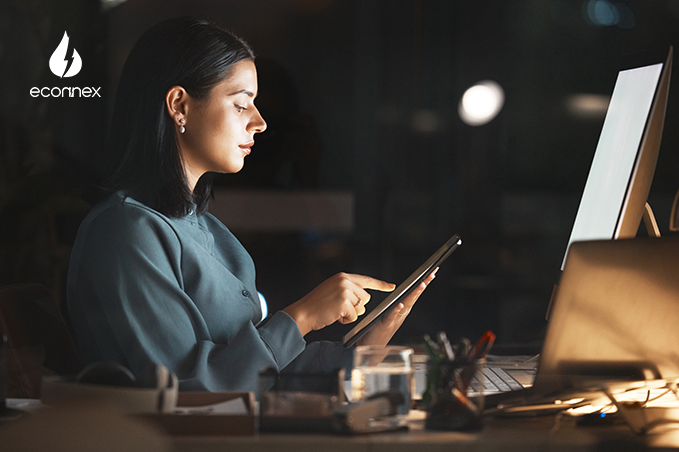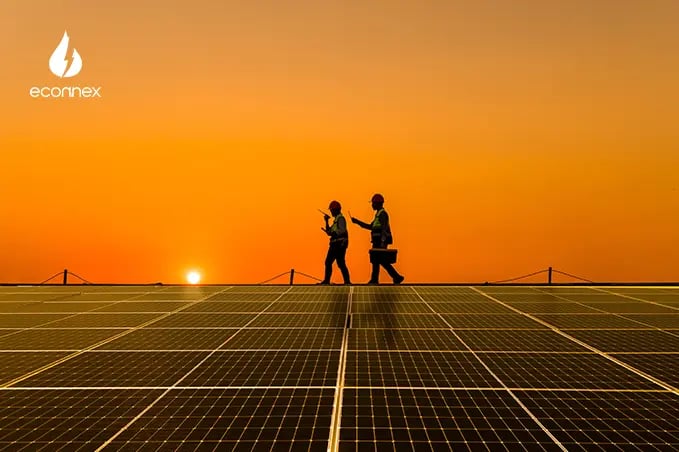Brew energy-efficiently! Use auto-off timers, proper measuring, and reusable filters for a greener coffee routine. Sip and save!
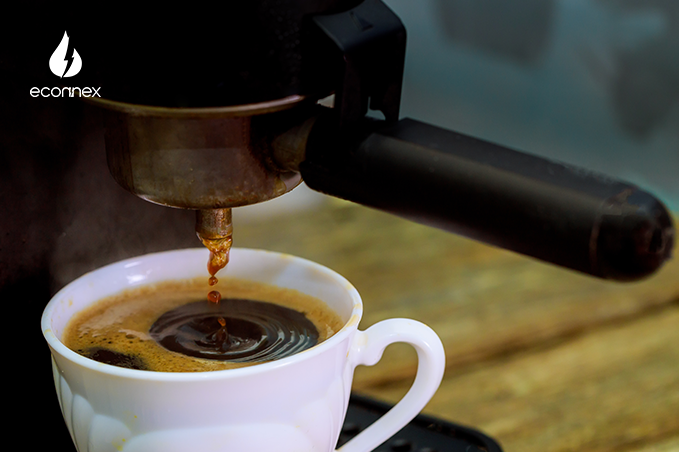
Published on 01/01/2024
By Parneet Kaur
Econnex Comparison
Being awake with the aroma of freshly brewed coffee is the best start for your busy day at work. This helps you and your team get through mornings and busy hours to stay alert and motivated. But do you actually know how much energy it takes to boil the billy?
The recommended average heat to optimize coffee taste is from about 50 °F to 200 °F which takes about 1000 watts and takes about 5 minutes. Energy cost per coffee pot=0.083 kilowatt hours.
The exact energy cost depends on the exact coffee maker you use. To make it simple, let’s distinguish between the three major types of coffee machines: the regular drip machine, the single-serve alternatives like single-serving pods, and the specialized espresso makers.
Regular Drip Coffee Pot: This is the most common type of coffee maker used in office kitchens. It uses a heat plate to both heat the water and keep the coffee in the pot warm for up to 2 hours. It takes approximately 750 and 1250 watts per pot of coffee. The automated warming plate including an auto shut-off after 2 hours adds some energy that might seem low but will slightly increase your energy bills.
1 pot of coffee- 0.083 kWh
1 kWh: about 12 pots of coffee
Single- Serve Coffee Machine
Single-serve machines are more convenient but come with increased costs. When turned on, this machine heats all the water in the base which takes about 200 to 400 watts for every cup. With the idle power consumption, an estimated 300 watts per cup is consumed.
1 cup of coffee -.024 kWh
1 kWh: about 4 pots of coffee
Espresso Machine
Coffee aficionados appreciate the taste of espressos. Different brewing styles add pressure to the way hot water is pushed through the grounds. The energy needed for most espresso machines needs to be considered by the cup. It takes between 1,000 and 1,500 watts to run the machine.
1 shot of espresso -0.0156 kWh
1 kWh: about 10 shots of coffee espresso
WINNER: For a typical office kitchen, the most efficient coffee machine to use is Regular Drip Coffee Pot.
Standby mode takes a large part of energy consumption regardless of the brewing method used. Turn off the machine once the pot is empty and unplugs to minimize latent energy.
The water tank builds up mineral residue over time that impedes the heating function. Clean your coffee maker at least once a month.
Look for machines that are energy efficient with automated shutoff functions or have lower watt usage.
Single–serve machines use a lot of energy and waste produced by pots and plastic pods. Go green by using reusable filters to minimize costs.
During summer and warmer weather, it makes sense to combine coffee addiction and the need for refreshments. Cold brew doesn’t require heat to make one.
Now that you know how much power it takes to brew your office coffee, you can take these steps to minimize its impact on your expenses without compromising your team’s comfort.
Learn more on how to save energy and lower your energy bills for your home and business at Econnex.
